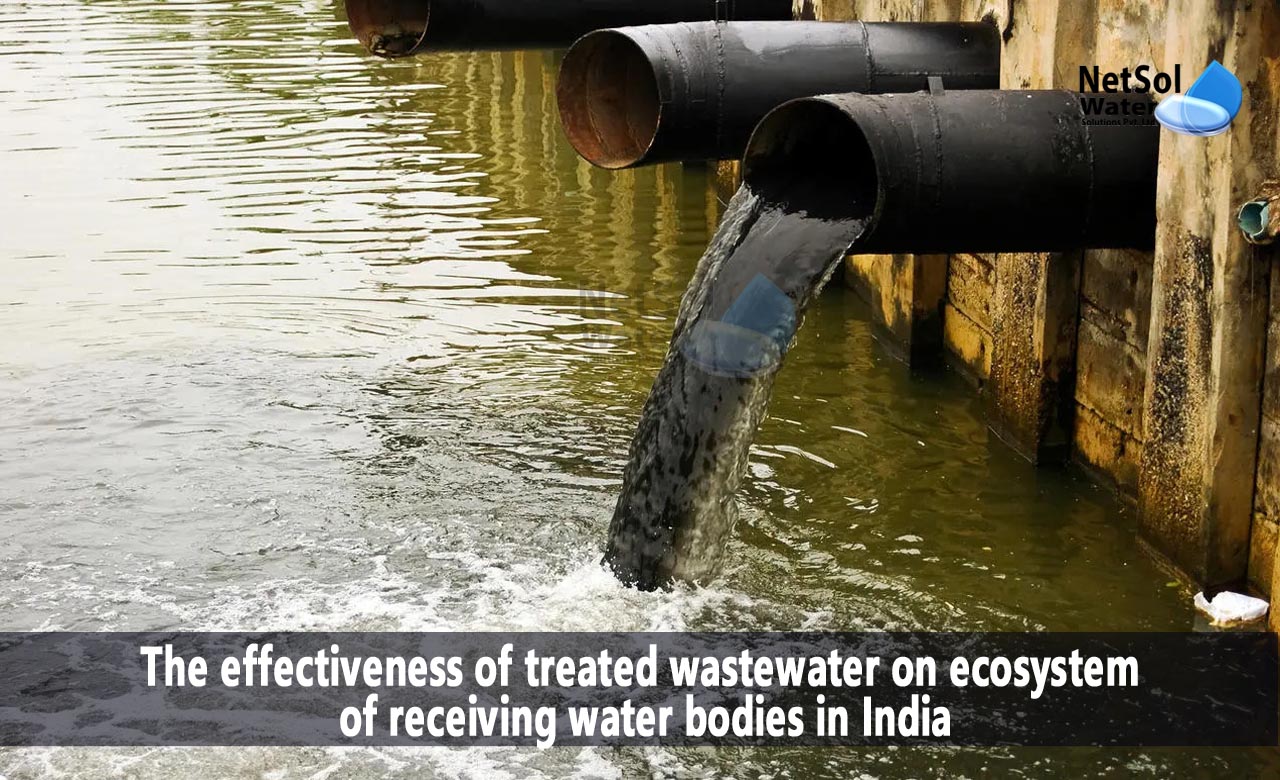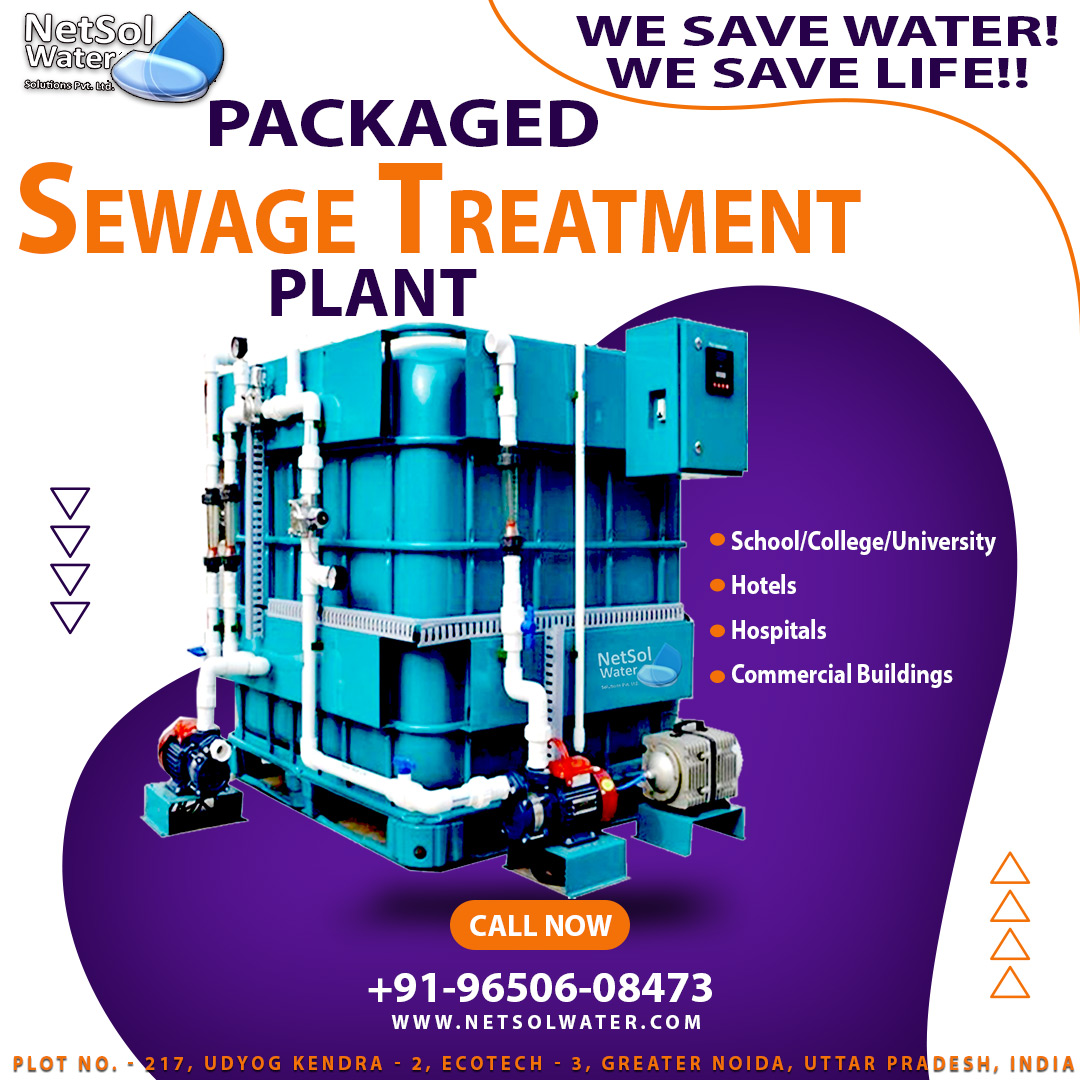In India, the effect of treated wastewater on receiving water bodies
Wastewater treatment is a major concern in India, a nation that is industrializing and urbanizing quickly. Wastewater treatment is crucial for maintaining recipient water bodies' ecosystems as well as the general public's health. This blog examines the efficacy of treated wastewater in India and how it affects these essential aquatic areas' ecosystems.
Difficulties in Treating Wastewater
India has various obstacles in its efforts to efficiently clean wastewater. Wastewater generation has increased due to rapid urbanization and industrial growth, frequently exceeding treatment facilities' capacity. Because untreated wastewater frequently contains contaminants such organic debris, heavy metals, pathogens, and nutrients, the quality of wastewater that is dumped into rivers and lakes is a worrying problem.
The Role of Wastewater Treatment
Wastewater treatment facilities (WWTPs) are built to treat wastewater, including industrial and household, to remove or minimize pollutants so that it can be safely discharged into receiving water bodies or possibly used again. Physical, biological, and chemical processes are commonly employed in the treatment process to decompose and eliminate contaminants, which encompass hazardous bacteria, organic debris, and solids. To avoid detrimental effects on the environment, the treated effluent should ideally fulfill statutory requirements.
Effectiveness of Treated Wastewater
The following variables determine how well treated wastewater affects the receiving water bodies' ecosystems in India:
· Compliance with Standards: Adherence to water quality standards is the primary criterion determining the efficacy of treated wastewater. To reduce its negative effects on the environment, the treated effluent must adhere to the specified standards.
· Site and Dilution: Two important factors are the receiving water body's capacity for dilution and the site of wastewater discharge. Any leftover contaminants can be diluted by releasing treated effluent into water bodies with high flow rates or huge volumes, lessening their influence.
· Effluent Quality: It's critical to consider the treated wastewater's quality. Aquatic life may be harmed by pollutants present in the effluent if treatment procedures are insufficient or not optimized.
· Existence of Sensitive Ecosystems: Even minor levels of pollution may have a big influence if the receiving water body is home to endangered species or sensitive ecosystems. Treatment efficacy needs to be adjusted to safeguard these kinds of situations.
Impact on Aquatic Ecosystems
When properly managed, treated wastewater can benefit aquatic environments in a number of ways.
· Recycling of nutrients: Some nutrients found in wastewater, such as phosphorus and nitrogen, can be used as fertilizer for aquatic plants. The aquatic vegetation and fauna can benefit from increased primary production when treated wastewater is released into water bodies.
· Dilution Effect: As previously noted, treated wastewater can be efficiently diluted in bigger water bodies with high flow rates, lowering the concentration of contaminants and their effects on the ecosystem.
· Decreased Biological Oxygen Demand (BOD): When wastewater is properly treated, the amount of organic matter it contains is decreased. Because dissolved oxygen is essential to aquatic life, the reduction in organic load prevents the receiving water body's BOD from dropping.
· Reduced Disease Transmission: Pathogens found in sewage are eliminated or killed by proper wastewater treatment. As a result, there is a far lower chance of disease transmission to people and other aquatic life.
· Increased Aesthetic Value: Water bodies with less pollution and greater clarity are more visually appealing, drawing tourists and outdoor enthusiasts. This encourages environmental awareness and conservation in turn.
Obstacles and the Path Forward
Notwithstanding the possible advantages, India continues to face obstacles to the efficient management of wastewater:
· Infrastructure and Capacity: The infrastructure for treating wastewater is either antiquated or insufficient in many areas. It is crucial to construct and modernise treatment facilities to keep up with demand.
· Regulatory Compliance: To guarantee that treated wastewater does not negatively impact ecosystems, it is essential to enforce and monitor adherence to water quality requirements.
· Public Education: In order to encourage public engagement and behavioural change, it is crucial to educate the public on the significance of responsible wastewater management as well as the ecological effects of untreated sewage.
· Opportunities for Reuse: One way to lessen the strain on natural water resources is to promote the use of treated wastewater for non-potable uses like irrigation.
· Innovation and Technology: Investing in cutting-edge, environmentally friendly wastewater treatment technology can improve treated effluent quality and lessen treatment procedures' negative effects on the environment.
Conclusion:
The level of treatment, regulatory compliance, and the particular features of the receiving water body are all highly related to how well treated wastewater affects the ecosystems of receiving water bodies in India. Improved primary output, lowered disease transmission, and better water quality are just a few benefits of properly treated wastewater. Still, there are issues with public awareness, infrastructure, legislation, and the need for innovation. In order to protect its priceless aquatic habitats and advance sustainable water management, India can make sure that its wastewater treatment procedures adhere to the strictest regulations.




